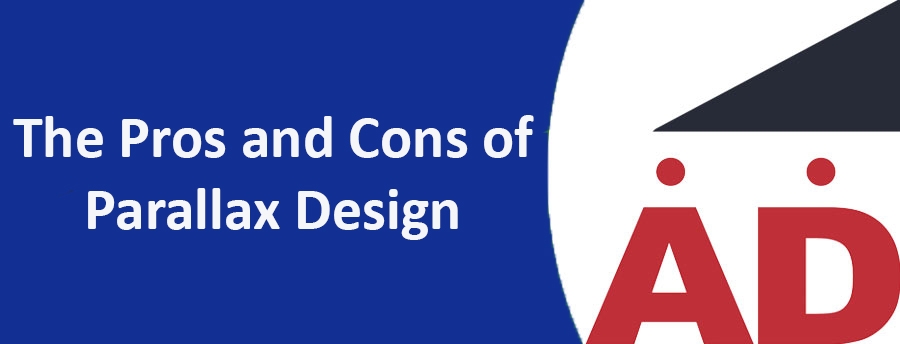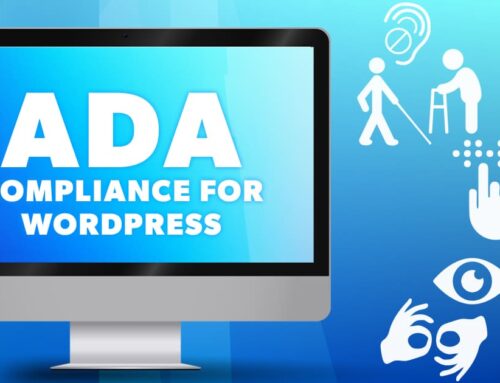The Pros and Cons of Parallax Design

If you’ve been on the internet at all in the past few years, you’ve likely come across what’s known as a parallax website. No doubt you were intrigued by its appealing, modern design. Parallax websites have increased in popularity, but they present a number of challenges when it comes to search engine optimization (SEO), as well as to a website’s ranking in paid search. That’s why at Ad House Advertising, we do not recommend parallax scrolling websites to our clients. Let’s discuss what parallax sites are and why they’re problematic.
Parallax websites
For the sake of simplicity, here we will define parallax scrolling websites as websites that rely heavily on the scrolling of one page. Background and foreground images scroll at different paces to create the illusion of depth. In a website like this, the content is condensed into one page, rather than spread out on multiple pages like other websites. So, for example, imagine you’re on a parallax website and you click on the “about us” link at the top of the page. Instead of directing you to another page in the website, you would be scrolled down to the part of that page that contains the “about us” information. This is problematic for search engine marketing and online advertising.
SEO
Parallax websites are often punished by search engines because they are indexed as one page, resulting in less visibility. Every “page” in a parallax website would index as part of the home page, giving search engines less to crawl. Google would read a parallax website as being less relevant to a user’s search and therefore would likely display that website lower in the search ranking.
Online Advertising
Not only can parallax websites rank poorly in organic search results, but they also rank lower in paid search advertisements. Google determines ad rank, or an ad’s position in search results, based on an algorithm that takes user experience into account. Google will show ads that are highly relevant to a user’s search terms, the more specific the better.
Imagine that you own a spa. You and your competitor are both advertising using Google Adwords. You have a parallax scrolling website, and your competitor has a traditional website. You and your competitor both offer a range of services, from skin masks to saunas to massages. When a potential customer researches “deep tissue massage”, all other variables being equal if you and your competitor are both bidding for this search term, who will rank more visibly? Likely your competitor’s website has a whole page specifically dedicated to deep tissue massage. Google will read that and register that it’s highly relevant content. Your parallax website, however, may contain extremely useful and relevant information about deep tissue massage, but since the rest of your products and services are also contained on that page, the relevance of your material is diluted. Since highly relevant content makes for a better user experience, a watered-down home page with the entirety of your site’s content will not deliver what Google deems a good user experience. It’s quite likely that your website would be penalized, and your competitor’s ad would be displayed more visibly.
While parallax scrolling websites appear attractive and contemporary, they may not be right for your business. As an ROI-focused advertising agency, we always emphasize value over form. We build appealing websites, but our main focus is whether or not the websites we build will help you accomplish your marketing objectives. For a free consultation and evaluation of your current website, call Ad House Advertising, serving Albuquerque and Rio Rancho. We love seeing our client’s businesses grow as a result of our strategic marketing plans and website development expertise.



